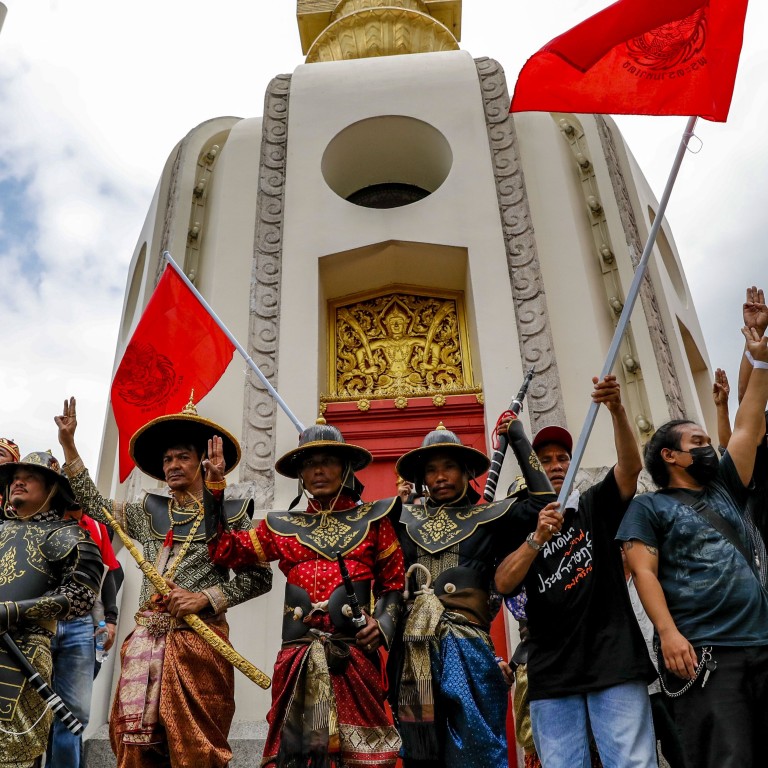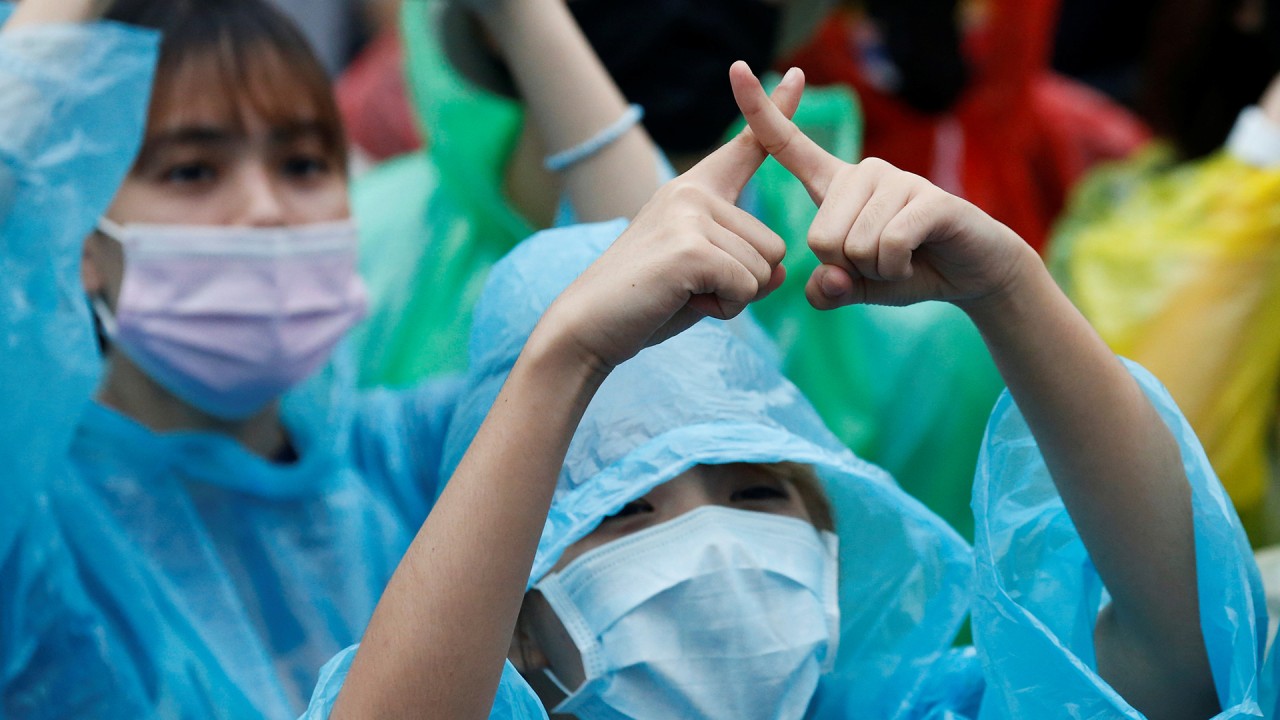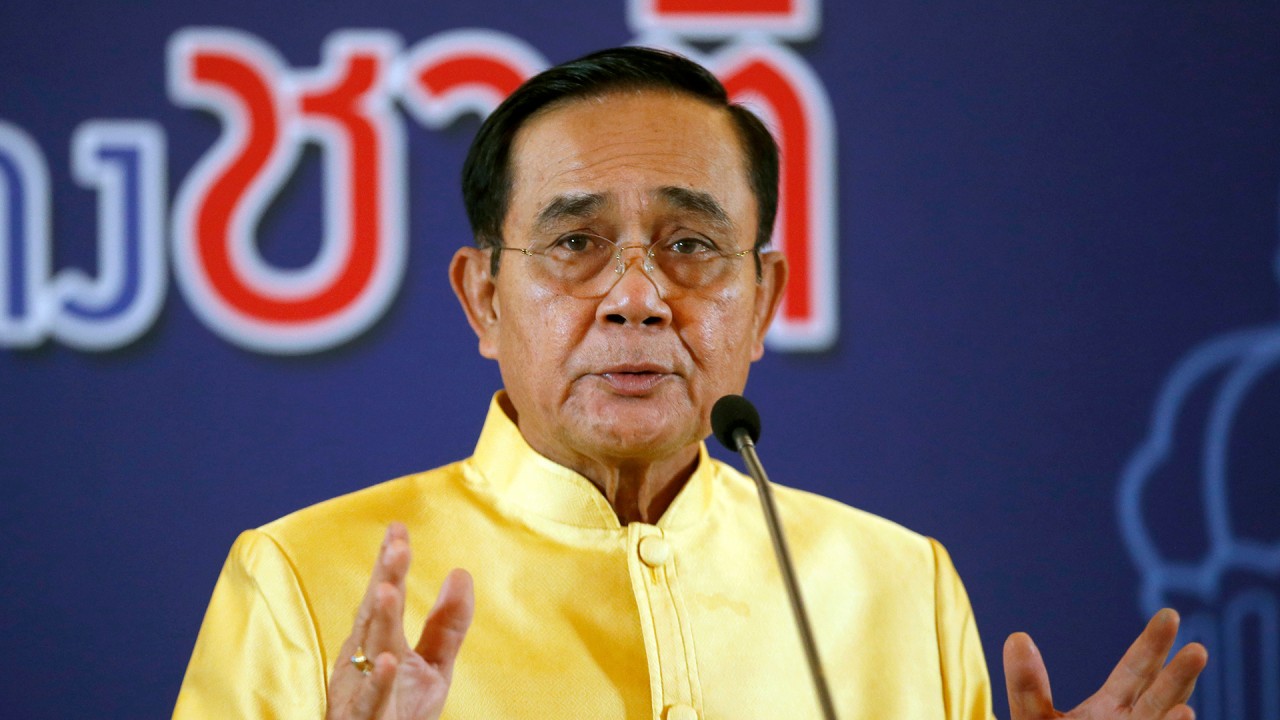
Thai protest misinformation a reminder of how easily fake news can spread on social media
- Hongkongers love to get and share news via social media, but it’s important to avoid spreading misinformation, which erodes trust in institutions and disconnects and divides people. We should all stop, reflect and verify before forwarding that link
My Hong Kong friend texted: “Is this what’s happening in Thailand now?” I looked at the clip again. It showed no source or identification. Something seemed off. I knew the Thai demonstrations had been attracting large crowds, but my network of family and friends in Bangkok had not mentioned such violence to me. Had things suddenly taken a turn?

03:45
Thailand anti-government protests continue for fifth day as demonstrations stretch beyond Bangkok
This past week, my Hong Kong friends and contacts, wanting to know my take on the Thai situation, have been sending me WhatsApp texts and emails with videos, photos and links galore.
Another photo making the rounds allegedly showed some young Thai students facing a wall, kneeling and handcuffed with zip ties. Police aggression in Thailand? No – the picture was from Kowloon last year, and the young people were Hongkongers – as a Thai police spokesman quickly confirmed during a press conference.
These photos and videos, passed with a quick click from group to group and friend to friend via WhatsApp, Twitter and Facebook, spread like wildfire – and along with them, misinformation about the Thailand situation.

03:29
How demonstrators in Thailand marshall anti-government protests with hand signs
Thailand’s politics is complex, and you need history, context and analysis to fully understand what is going on now. That is something you cannot get from a 30-second video or a photo with a slogan designed to inflame political passion. As an unfortunate result, many friends are convinced that the CIA or Hong Kong protesters are the main instigators of Bangkok’s protests.
Hongkongers love to get and share news and information via social media. All of us belong to groups, or have friends who eagerly share these “viral” clips with their 100 – or 1,000 – closest “friends”. I worry about this. I am still in the habit of getting my news offline as well as online, and from professional news media such as Time, The Wall Street Journal, Bloomberg, CNN and the South China Morning Post.

00:49
Thailand suspends TV station over protest coverage
Sadly, many Hongkongers no longer learn about breaking news from recognised news outlets, but from clips, links and photos forwarded by friends and colleagues via social media.
I have to admit, I do enjoy many of the funny videos and visual jokes or memes that friends send me on WhatsApp. But I also see the danger in the way this medium is taking over the way we relate to and interpret the world around us.
Videos and photos target emotions. That is what they are designed to do, to maximise reactions and clicks, the online “currency”. Strong emotions cloud judgment and interfere with clear decision-making. We lose track of what is real and what is fake. Trust in institutions is eroded and we become disconnected and divided.
What is fake news and how does it affect Asia?
Short of having governments step in and censor our chat groups and messages, which I do not think anyone wants, can we do anything to stop the spread of misinformation and disinformation? I think we can. Start by including established news organisations in your media diet. Try to read and listen to different sources, not just the ones you agree with.
Bernard Chan is convenor of Hong Kong’s Executive Council

